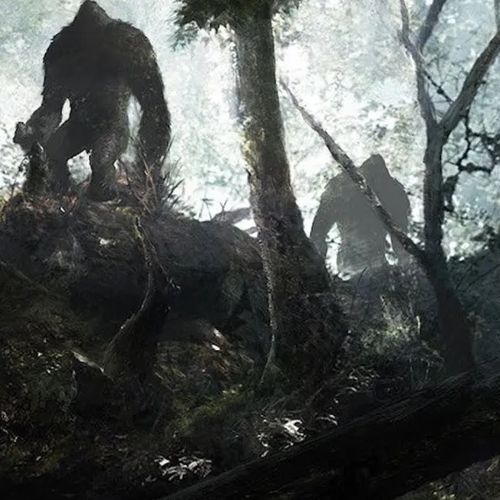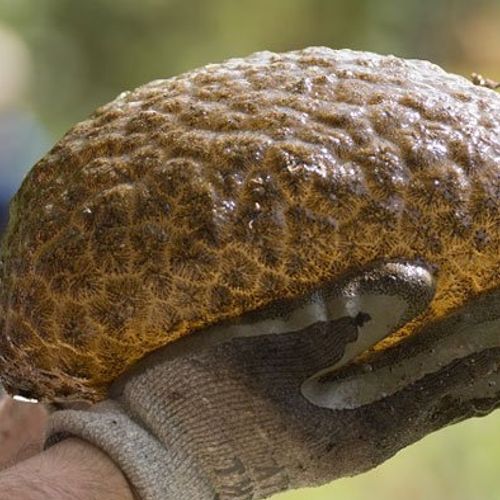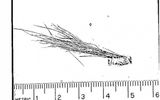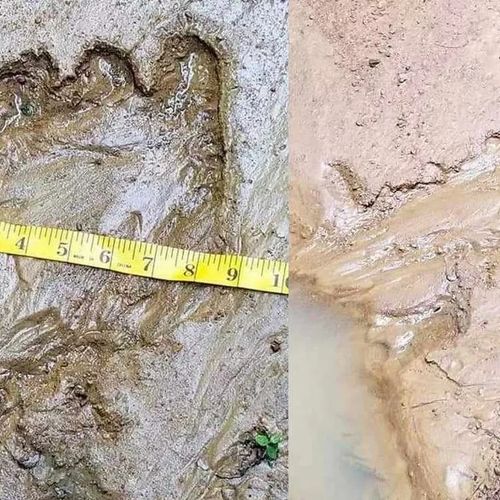| ID | #1685218040 |
| Añadido | Sáb, 27/05/2023 |
| Autor | July N. |
| Fuentes | |
| Fenómenos | |
| Estado | Resultado
|
| Currículum |
Datos iniciales
La historia se remonta a 1976, cuando un hombre llamado Peter Byrne envió una misteriosa muestra de tejido al FBI pidiéndole que lo analizara y determinara su origen. Afirmó que la muestra se obtuvo de Bigfoot.
Noticias originales
Did you know that the FBI once conducted a secret investigation into the existence of Bigfoot?
The story dates back to 1976, when a man named Peter Byrne sent a mysterious tissue sample to the FBI, asking them to analyze it and determine its origin. He claimed that the sample came from a Bigfoot creature.
The FBI usually only examines evidence related to crimes, but this time they made an exception. Perhaps they were curious about the legendary cryptid, or maybe they wanted to put an end to the speculation.
They tested the sample and found that it was from the deer family. However, they did not disclose their findings to the public. They kept the information classified for over 40 years.
In 2019, the FBI finally released 22 documents from their records archive, revealing their Bigfoot research. The documents showed that they had received several requests from Byrne and other Bigfoot enthusiasts over the years, but they had always declined to get involved. The only exception was the tissue sample that Byrne sent in 1976.
The FBI’s Bigfoot investigation may not have been very conclusive, but it shows that they were willing to consider the possibility of an unknown creature roaming the woods. It also shows that there is still a lot of interest and mystery surrounding Bigfoot, even among the most skeptical and authoritative institutions.
Some people believe that the government would never admit the existence of Bigfoot or any other cryptid, even if they had proof.
They think that it would be better to fund independent experts who could conduct more thorough and unbiased research. However, finding such experts is not easy. Cryptozoology is often seen as a fringe field that attracts hoaxers and fanatics.
Many scientists and professionals avoid talking about Bigfoot or other cryptids for fear of losing their credibility or reputation.
One of the few exceptions is Dr. Jane Goodall, a renowned primatologist who has expressed an openness to the idea of Bigfoot.
She has said that she has heard stories from indigenous hunters in remote areas where she has studied primates, describing walking monkeys without tails that are taller than humans. She has also said that she would love to see evidence of Bigfoot someday.
Bigfoot remains one of the most elusive and fascinating creatures in folklore and popular culture.
Whether you believe in its existence or not, you have to admit that it is a captivating topic that sparks curiosity and imagination. Who knows what secrets are still hidden in the forests and mountains of the world?
Hipótesis
Criaturas famosas

En nuestro planeta hay una gran cantidad de diferentes organismos vivos. Según cálculos recientes, el número de especies de organismos en nuestro planeta es aproximadamente igual a 7-10 millones. Es cierto que hoy solo se describe 15%.
Según los cálculos de los canadienses, 2,2 millones de especies viven en los océanos del mundo, 6,5 millones de Animales en el planeta solo alrededor de 7,8 millones de especies, hongos – 611 miles, plantas – 300 miles.
Investigación
Noticias: Revelada la investigación secreta del FBI sobre Bigfoot

¿Sabías que el FBI una vez llevó a cabo una investigación secreta sobre la existencia de Bigfoot?
La historia se remonta a 1976, cuando un hombre llamado Peter Byrne envió una misteriosa muestra de tejido al FBI pidiéndole que lo analizara y determinara su origen. Afirmó que la muestra se obtuvo de Bigfoot.
Por lo general, el FBI solo investiga evidencia relacionada con crímenes, pero esta vez hicieron una excepción. Tal vez tenían curiosidad por saber sobre el legendario kryptid, o tal vez querían poner fin a la especulación.
Currículum
Criaturas famosas

En nuestro planeta hay una gran cantidad de diferentes organismos vivos. Según cálculos recientes, el número de especies de organismos en nuestro planeta es aproximadamente igual a 7-10 millones. Es cierto que hoy solo se describe 15%.
Según los cálculos de los canadienses, 2,2 millones de especies viven en los océanos del mundo, 6,5 millones de Animales en el planeta solo alrededor de 7,8 millones de especies, hongos – 611 miles, plantas – 300 miles.
Hechos similares
Inicie sesión o regístrese para comentar











